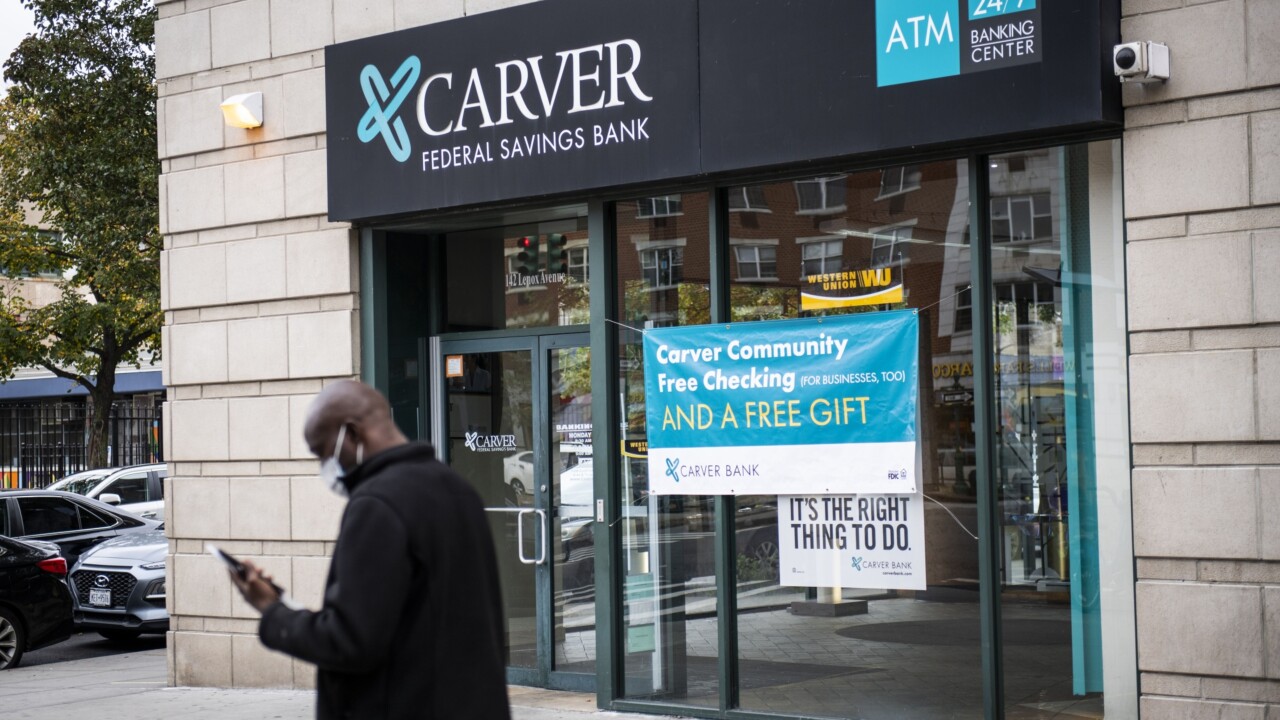-
Several tech startups have made short-term credit the focus of their business models. But could a product so universally frowned upon ever achieve mainstream acceptance?
January 30 -
The universal consumer demand for bill payment makes the service particularly well-suited to bringing people into the financial mainstream.
October 5 -
Serving the unbanked requires a worldview that most industry insiders don't have, but truly need in order to innovate responsibly on behalf these consumers. Here are insights some companies have gleaned from spending a day as the underserved.
October 3
Recently, American Banker's Jeanine Skowronski asked an important question that is on the mind of consumer advocates, borrowers, bankers, entrepreneurs and policymakers alike:
As advocates opposed to payday loans, we have been worried about the new players that have been entering the payday lending market. From entrepreneurs to online lenders to big banks, payday lending seems to be the darling of profiteers as of late.
Traditional payday loans offered at corner stores can cost customers up to a 429% annual percentage rate on a two week loan, according to the
Startups in this space are not changing the structure of these loans either. Rates listed on the website indicate LendUp, at its most affordable charges a 214.13% APR, meaning that the customer must pay back $294 for a 30 day loan of $250. Similarly, the most affordable Spotloan product requires that a customer pay back $52 every two weeks for eight months to pay off a $300 loan, for a grand total of $832.Yes, the cost to the consumer is lower than a storefront payday loan, but is that the standard we should be using?
Any short-term, high-cost, lump sum payment loan guarantees repeat business from borrowers because the populations who are using these products will not make back the income they need to pay them off in one pay period, or two, or three. In fact, most borrowers go through
Skowronski's article details the ways new players are seeking to drive down the cost of payday products using big data. Why are there so many new players in this relatively outdated field? Because payday lending has become increasingly profitable for both storefront payday lenders and banks since the economic recession threw millions of more people into lower income strata.
The efforts from startups to drive down the costs of payday lending might be more effective in the long run, but it seems that there is another question underlying the one posed by Skowronski: How can the banking and financial services industry responsibly serve consumers who are living on small income margins?
No one can refute the legitimate need for small-dollar credit in low and moderate income communities across the country. There are already models out there. The Federal Deposit Insurance Corp. has already tested
The bottom line is the underserved suffer from cash flow deficits that are a reflection of low wages and an ever increasing cost of living. The major socioeconomic factors contributing to these trends merit separate public policy approaches and regulatory changes that are not necessarily in the purview of the products offered by financial institutions. However, if these institutions are going to target this market and they want to do so responsibly, they need to provide small-dollar products that spread the cost of an income shortfall over a period of time and at an affordable cost of a 36% APR. The traditional payday loan structure should not be the standard by which innovation in this credit space is measured.
Liana Molina and Andrea Luquetta are with the California Reinvestment Coalition, a consumer advocacy group.





